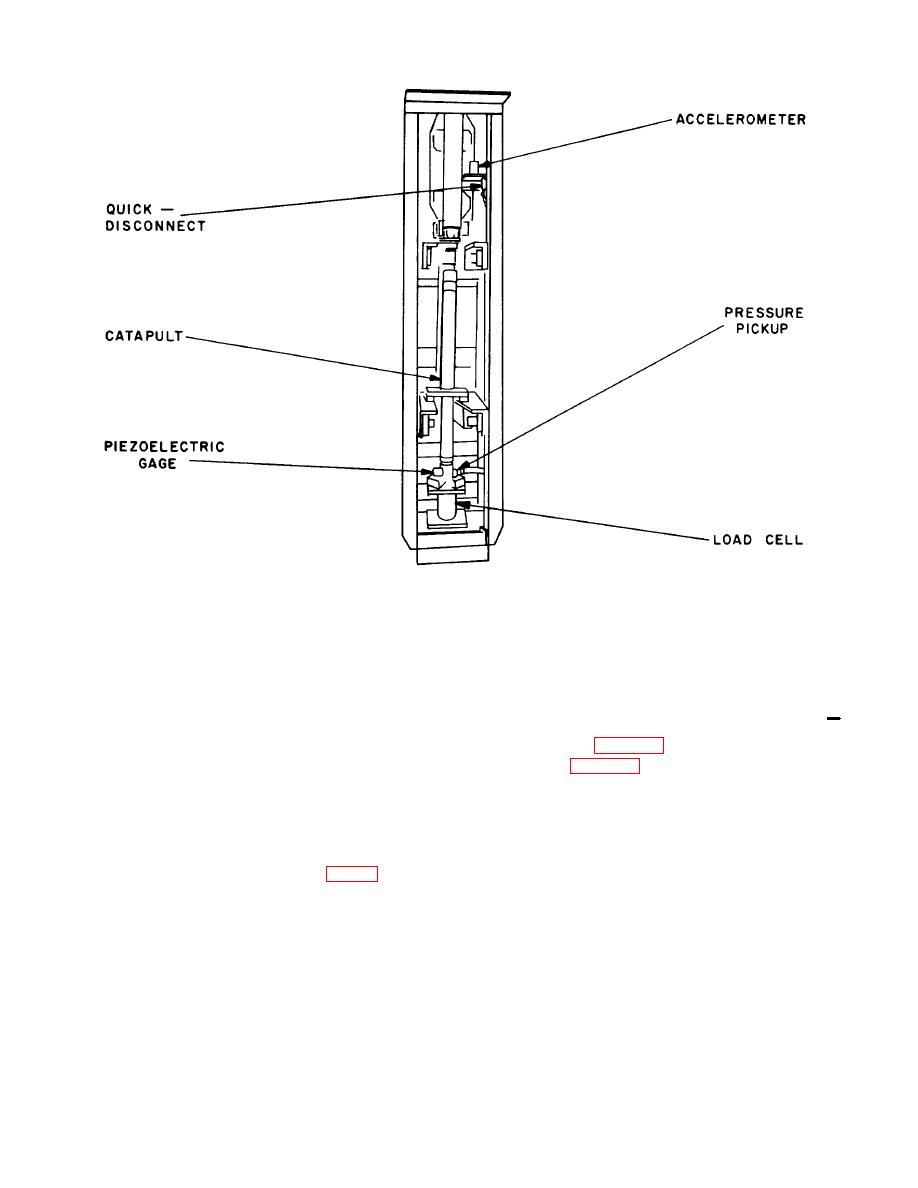
Figure 96. Test tower showing catapult, transducers, and wiring on test track.
be constant. Although many propellant
As the piston continues past the vent
actuated devices (thrusters in particular)
hole, it compresses the air entrapped
operate against varying loads, the load
above it. The compressed air slows the
requirements may be converted into
piston and a spring loaded brake
terms of constant loads for the purpose of
mechanism stops it downward motion
evaluation and development.
The
after stopping.
conversion is possible by estimating Fr as
c. Pressure Cylinders.
in chapter 5.
(1) The vertical tower is effective in testing
(2) Figure 99 illustrates an air cylinder with an
propellant actuated devices with long
inlet at the end farthest from the thruster
strokes and relatively light loads, but
under test and permits injection of air or
many thrusters have short strokes and
gas. This cylinder incorporates an 8-inch
operate against constant loads of
piston (50 square inches) and is used with
thousands of pounds. Pressure cylinders
air pressures as high as 100 psi. Other
were designed to evaluate these thrusters.
cylinders, similar in design to the air
The thruster is positioned (fig. 98) so that
cylinder depicted, use nitrogen instead of
its stroking member moves a piston ill a
air and may be pressurized to 2,000 psi.
cylinder against pressurized air or some
(3) Another model cylinder utilized for testing
other gas. The initial volume of the
thrusters is designed with a double acting
cylinder is so large that the change in
piston which permits air or gas pressure to
volume resulting from the moving piston
be built up on either side of the piston.
is negligible. Therefore, the pressure in
This method allows evaluation of
the cylinder (the load which opposes the
motion of the thruster) can be assumed to
107


